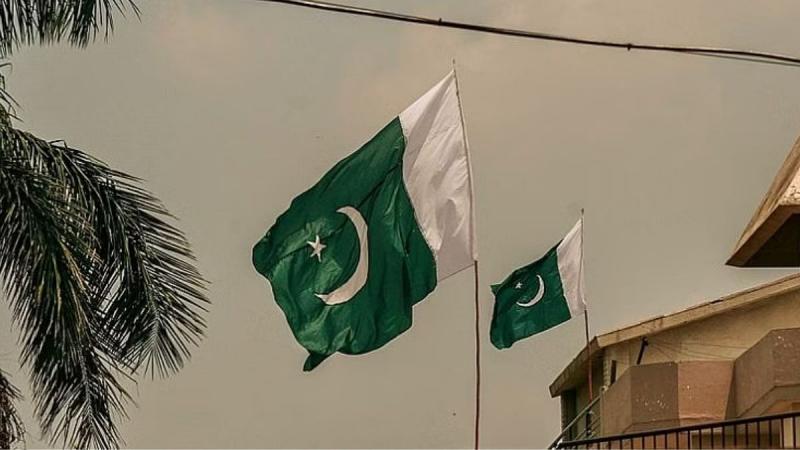In an era where information is as powerful as military might, disinformation has become a strategic weapon. India’s latest propaganda against Pakistanclaiming that Chinese private military companies (PMCs) are operating in Balochistanis a textbook example of misinformation warfare.
This baseless narrative, aggressively pushed by Indian media and intelligencebacked digital networks, serves a dual purpose: to undermine the ChinaPakistan Economic Corridor (CPEC) and to justify continued interference in Balochistan through proxy groups.
The allegations of Chinese PMCs in Pakistan first surfaced in Indian media outlets such as India Today, which presented them without credible evidence. The claim suggested that China had deployed private military personnel to safeguard its investments, a theory built on speculation rather than facts.
Predictably, this narrative was quickly amplified across Indian social media, where propaganda accounts and bot networks worked in unison to spread misinformation.
Soon after, banned separatist groups, including the Balochistan Liberation Army (BLA), echoed the same rhetoricfurther exposing the coordinated nature of this disinformation campaign.
Yet, official sources from Pakistan have categorically denied any such deployment. The only Chinese security personnel present in the country are those working within diplomatic compounds and selected corporate sites in major cities like Karachi and Lahore. There is no evidence of foreign military presence in Balochistan.
The root of this propaganda lies in India’s longstanding opposition to CPEC. This multibilliondollar initiative is reshaping regional trade routes, boosting Pakistan’s economic potential, and enhancing China’s strategic outreach. For India, which has always sought to undermine Pakistan’s economic rise, CPEC represents an existential challenge.
By falsely portraying Chinese military involvement in Pakistan, India seeks to:
- Create Fear and Uncertainty: Spreading false claims about foreign military presence can deter investment and disrupt diplomatic relations.
- Justify Proxy Terrorism: By portraying China as an aggressor, India attempts to provide ideological justification for terrorist attacks in Balochistan.
- Influence Western Perceptions: India hopes to turn Western policymakers against China’s role in Pakistan, aligning its propaganda with existing antiChina sentiments.
India’s intelligence agency, RAW, has a long history of orchestrating unrest in Balochistan. This was confirmed by the confession of Kulbhushan Jadhav, a captured Indian spy who admitted to funding and directing terrorist activities in Pakistan. Through its proxies, RAW continues to support militant outfits like BLA, which are responsible for attacking security forces, civilians, and CPECrelated projects.
The latest disinformation campaign about Chinese PMCs aligns with RAW’s strategydivert attention from its own subversive operations while painting Pakistan as a security liability.
To counter this ongoing propaganda, Pakistan must adopt a proactive approach:
- Strengthen Media Diplomacy: Engage international journalists and think tanks to expose Indian disinformation.
- Enhance Digital CounterNarratives: Use social media effectively to debunk propaganda and highlight ground realities.
- Expose Indian Proxy Warfare: Continue revealing RAW’s involvement in Balochistan’s insurgency through global platforms like the UN.
India’s weaponization of lies will not end here. However, by staying ahead in the information war, Pakistan can ensure that such false narratives do not hinder its path to stability and growth.


